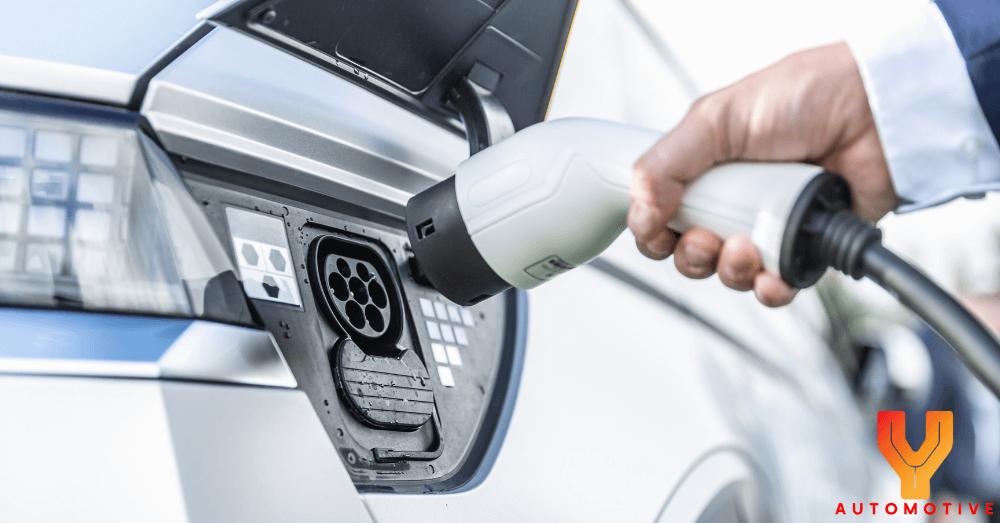If you’ve been looking around for Mazda’s electric vehicles and coming up empty, it’s because the automaker doesn’t have any yet. While other car makers have been producing and releasing all-electric vehicles over the past few years, Mazda has been sticking with combustion engines. But this is all going to change. They recently announced plans to boost their EV supply chain and add to their lineup.
A Big Investment in Electric Vehicles
Mazda’s recent announcement stated that they have plans to spend almost 11 billion dollars through the year 2030 in electric vehicle development and production. Their plan includes co-creating with others, and they are currently looking for partners to help them achieve their new goals.
The company has already agreed to work with several companies, including Rohm Co., an electric component maker. They also have an agreement with Envision AESC, a battery maker.
They plan to make 40% of their sales EV vehicles by 2030, and the large investment and new partnerships will help get them there.
Phase I of The New Plan
Mazda’s new plan has several key initiatives. Like many other auto manufacturers, Mazda wants to achieve carbon neutrality, and they want to do it by 2050. They have a new target of making their manufacturing facilities carbon-neutral by 2035.
Their strategic plan is to catch up with other automakers in the EV race, but it will take a few steps to get there. The first step for Mazda is to use its existing technology to make EV vehicles that are just as attractive as their gas-powered lineup
Phase II of the New Plan
Next, they plan on launching a new hybrid vehicle in China. Mazda plans to introduce a new hybrid system with a rotary range extender, but they will first introduce it in China, where there are larger advancements in electrification.
Phase III of the New Plan
The last piece of the puzzle is a full-fledged launch of battery-powered EVs. Another part of this phase is to consider whether or not the company should invest in battery production. While investing in battery production does not seem likely, they will have to make a large investment in some kind of battery power in order to make their plan come together.
Competing in the Electric Vehicle Market
The next challenge is pricing EVs. In order to make their prices competitive, Mazda needs to source battery materials and assemble their electric vehicles in North America. If they don’t, they are not eligible for Inflation Reduction Act tax incentives, which gives buyers up to $7,500.
Right now, Mazda has a joint plant with Toyota in Huntsville, Alabama, but it’s only set up to produce gas-powered vehicles.
Mazda has a long road ahead in order to become competitive in the EV market, but their large investment and three-phase plan should help them get there. They just might need to accelerate its EV table by a few more years.
